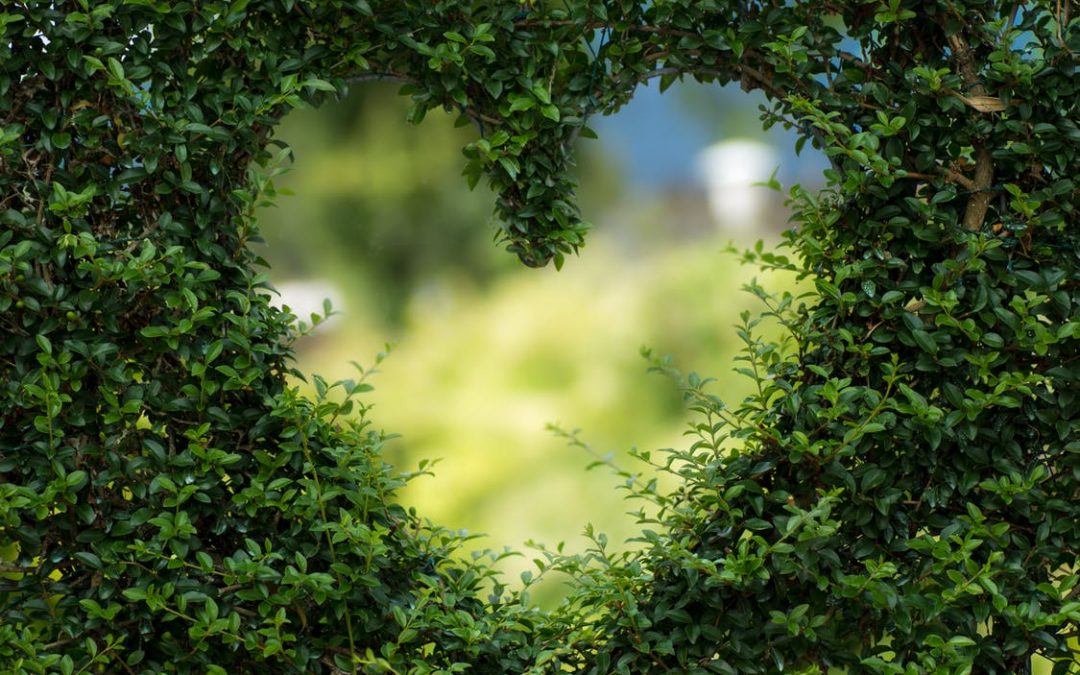My name is Jane Warren Campbell. I am the author of Conversations with a Tree and I’m happy to share with you some of the research that I came upon when writing the book that speaks directly to the mental and emotional health benefits of trees.
Can you imagine a world where a walk in the forest is prescribed by medical doctors to reduce stress? Japan began studying the benefits of ‘forest bathing’ in the early 1980s. Their scientific research has shown that 20 minutes in the forest reduces blood pressure, lowers heart rate and increases the number of cancer-fighting cells in the body by as much as 40%. Blood and urine tests revealed that a control group, that did not leave the city showed no benefits.
The benefits of forest bathing have become so well accepted in Japan that the government dedicated $4 million in research and committed to having 100 forest bathing trails throughout the country.
Qing Li, Senior Assistant Professor at Nippon Medical School in Tokyo, and President of the Japanese Society of Forest Medicine, show “that forest bathing trips significantly increased the score of vigor in subjects, and decreased scores for anxiety, depression and anger – leading to the recommendation that habitual forest bathing may help to decrease the risk of psychosocial stress-related diseases.” Li, realizing that most people may not be able to spend three days in the woods forest bathing, tested participants after a one-day trip to a sub-urban park and found that NK (cancer fighting cell) levels were boosted for up to seven days as a result.
Richard Louv, in his book Last Child in the Woods, reveals that children with ADHD receive the same benefits from 20 minutes in nature as they do from Ritalin. Louv also found that children exposed to green space were more social and more willing to share. And, adults who work with the children report a distinct change in values after time spent in the forest. Adults reported feeling more themselves and more authentic after spending time outdoors in a natural setting.
Louv references a study published in 2003 in the journal Psychiatric Services that revealed the shocking statistic that the number of anti-depressants prescribed to preschool children increased by 66% over a five year period!! According to Louv, there is evidence, through increasing numbers of studies, to suggest the increased need for medication is related to decreased contact with a natural environment.
To drive home the benefit of just one tree in a city environment, in Scotland hospitals are being developed with more green space because they have found that patients recover faster when by plants. These patients also leave the hospital sooner and rate their experience as more positive than patients in hospitals without greenery. They found that even the view of a tree outside the hospital window was beneficial.
Finnish studies on work places show that being in nature during work breaks reduces sick days and increases productivity. There is a new green trend in office spaces that includes more natural lighting and live plants. The result is less cost to businesses due to sick leave of employees.
This is just a taste of the mounting research offering evidence that a natural environment leads to emotional, physical and spiritual health. As this city is being transformed by development, it is vital for the well-being of all who live and visit here, to maintain the urban trees and forests in Victoria. Every tree that is cut is reducing the air quality, the aesthetic value, and the magnificence of this city. As the trees fall, so will the mental and spiritual well-being of those impacted by the loss.
We urge you to join the number of countries around the world that are recognizing the value of our natural environment. Be progressive as Victoria grows and develops, and ensure that the urban giants we call trees are protected and maintained for the health of the city overall and the future generations that will live here.
